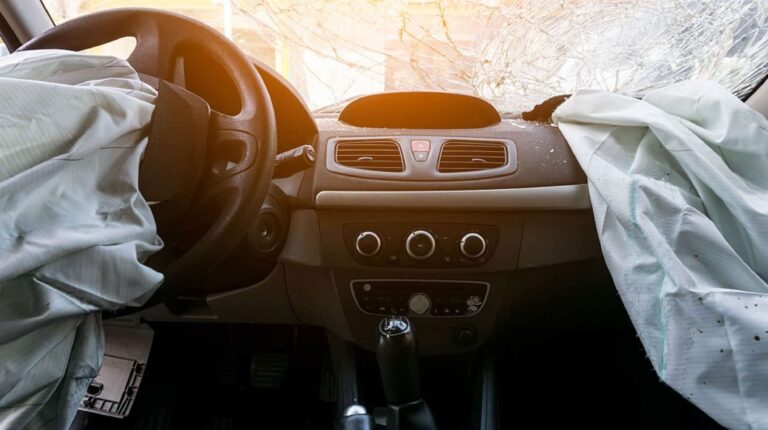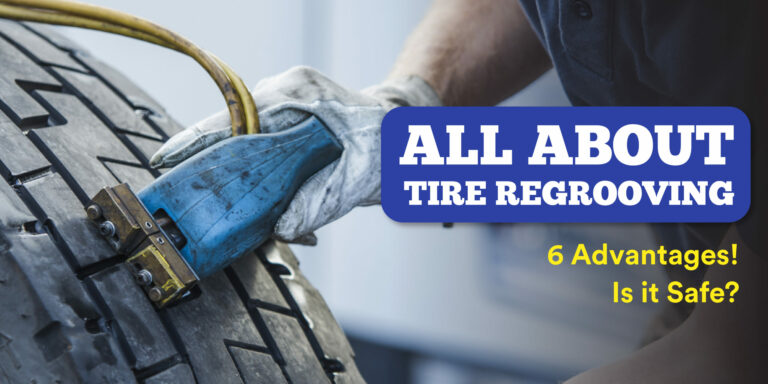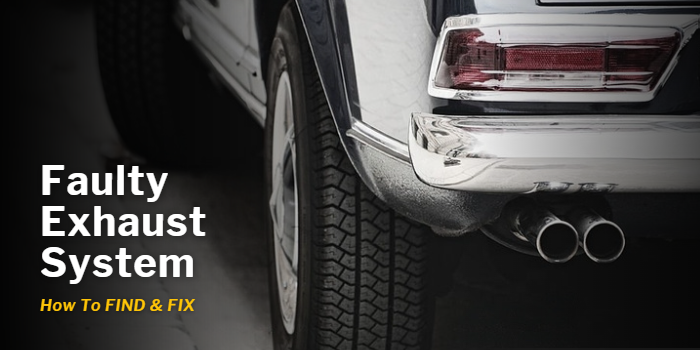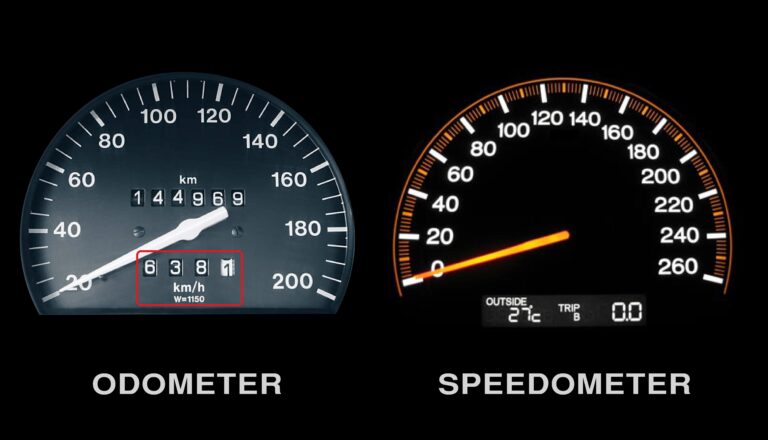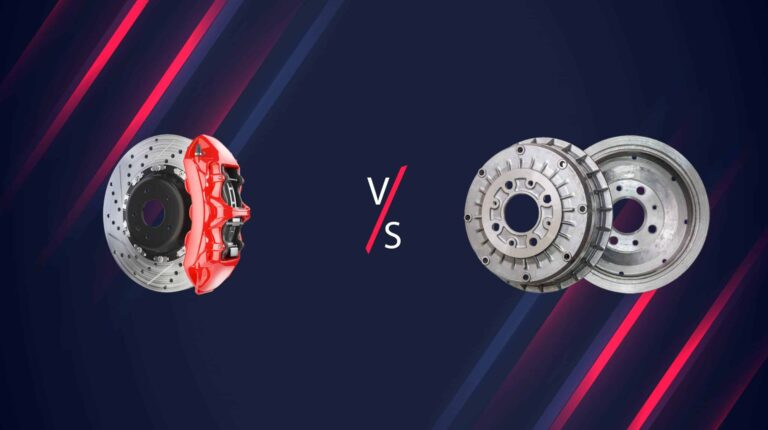
An oil change at home is one of the easiest car maintenance jobs that can be carried out yourself. The tools required are simple equipment such as a set of wrenches, oil funnel, oil pan and car jack. If you know how to change your oil at home, you can save a lot of time and money, rather than take your car to a service centre.
An oil change at home is a good time to inspect your engine and make sure it is working fine. You will have more control over the maintenance activities of your car and it gives you a sense of confidence that you are taking care of it yourself.
Basic equipment required for an oil change at home
Here is a list of tools you will need for an oil change. The oil changing process can be accomplished in about 30-45 minutes with little effort.
The following items are easily available at car accessory shops online or in your local stores.
- Set of wrenches
- Oil drain collection pan
- Funnel
- Car jack and jack stands with wheel chocks
- Gloves
- New oil (choose the appropriate brand and type according to the manufacturer’s recommendation)
- New oil filter
How to change oil in a car step-by step
The procedure is not difficult if you know how to change your oil in the car. Follow this step-by-step guide and always consult your owner’s manual if you have any doubts.
Choose the right type, quality and quantity of oil
Every engine is built different and has varying requirements. Some engines use mineral oil while other manufacturers recommend fully synthetic oil. There are also different grades, viscosity ratings and brands to choose from.
The owner’s manual will clear your doubts regarding the correct type of oil, the amount you need and the quality. Follow the manufacturer’s advice as stated in the vehicle service booklet for the best results.
Also read Conventional Vs Synthetic Engine Oil
Park your vehicle in a safe place
The car should be parked in a garage on level ground so that it doesn’t roll forward. Run the vehicle for a short while on idle to warm up the engine. The oil drains well if it is slightly warm. Use the wheel chocks to secure the vehicle and jack up the front end so you can easily access the drain plug.
Keep the vehicle elevated using jack stands. Open the hood and identify the oil filler cap. Now get below the car and find the drain plug. Keep your wrench set handy and place the oil drain pan below the drain plug.
Drain the oil
Open the oil filler cap so that the oil has a chance to drain freely. Undo the oil filter using a wrench and remove the old filter. Replace the oil gasket with a new one and place the new oil filter in position. Assemble the oil filter into its housing.
Next, get below the vehicle and use the wrench to unscrew the drain plug. The old oil should now flow freely into the drain pan. Once all the oil has been drained, refit the drain plug.
Also Read What is power steering fluid and what does it do?
Pour in the new oil
Make use of a funnel to pour the new oil into the engine. Check the oil dipstick to make sure you are not overfilling the oil. Once the oil has been filled to the correct level, refix the oil filler cap and inspect the engine. Clean up any spills with a cleaning towel.
Run the engine for a few minutes while you observe the dashboard for any warning lights. Switch the engine off and look for any leaks near the drain plug or anywhere else. Lower the car off the jacks and check the engine oil level with the dipstick to confirm the oil is filled to the specified level.
How to change the engine oil on a motorcycle?
Changing oil on a motorcycle is done in a similar way as done on a car. Some low-capacity bikes do not have an oil filter but on larger motorcycles, you may have to replace the filter. Follow the aforementioned steps to change the engine oil of your motorcycle.
You may ask, is it worth changing oil at home? Well, you end up saving money on labour costs, plus you don’t have to take your motorcycle to a mechanic for the oil change. If you are not sure how to change your oil by yourself, refer to the owner’s manual. There are usually some dos and don’ts for a particular model, so take the necessary precautions and always use the recommended type of oil to prevent engine damage.
Also read Common Fuel Types Used in Cars in India
Conclusion
This article details an oil change for beginners in case you had no idea how to change oil in your car or motorcycle. The whole process takes only about 45 minutes and saves you a lot of trouble of taking your vehicle to a mechanic. The tools used are simple and easily available and won’t hurt your bank balance.
Once you master the art of an oil change at home, you will be able to move on to much harder maintenance tasks in time. Also, you can be assured that your vehicle is always in good condition and won’t let you down while driving.
Some other articles that might interest you include essential maintenance fluids for your car and the best engine oil for your vehicle or visit carorbis blog for more article like this.
Frequently Asked Questions
Q1. How often to change oil?
Ans. Most manufacturers recommend that you change the oil every 5,000 kilometres. If the car has been driven in rough conditions, then perhaps you could change the oil within a shorter interval. Changing the oil at the recommended interval saves time and money on maintenance expenses and reduces emissions.
Q2. What home oil change equipment should be used?
Ans. Some tools you can use at home for an oil change include a spanner or wrench to unscrew the oil drain plug, a wrench to remove the oil filter, an oil drain receptacle or pan, a funnel to pour new oil, gloves, a car jack together with jack stands, fresh engine oil and a new oil filter.
Q3. How much does changing your own oil save?
Ans. It is cheaper to change engine oil yourself because you don’t spend on labour and mechanic service costs. You can save between Rs.2000-3000 depending on the type of oil and oil filter brand used.
Q4. When should you get your first oil change?
Ans. A new engine undergoes a break-in process, leaving behind metal fragments in the factory-filled oil. Therefore, it is necessary to change the oil before 1000 km in order to reduce damage to critical engine parts, pistons and cylinders.
Q5. What happens if you don’t change oil?
Ans. The engine will develop problems if you don’t change the oil. Efficiency will drop due to increased heat generated in the cylinders, the oil pump will have to work harder to move high viscosity oil. You might have engine gaskets that leak oil and bearings will wear out.
Q6. After how many kilometres do you need to change engine oil for car?
Ans. Modern engine oil is specially formulated to remain in good condition for up to 6000 kilometres of driving. In severe driving conditions like stop-and-go traffic, high speed, climbing uphill and towing, the engine oil must be changed after 3000 km – 3500 km.
Q7. How much is an oil change?
Ans. The cost of just the consumables will be around Rs.1500 – Rs. 2000 plus you have to add in labour cost. An oil change at an authorized service centre will cost around Rs.3000 – 4000 depending on the vehicle and type of oil, and oil filter used.
Q8. How long can a new car go without an oil change?
Ans. A new car should have its oil change within the first 1000 km or 1 month after purchasing it. A new engine has a break-in period where the piston and cylinder will form a smooth surface that leads to optimum power and efficiency. The oil must be changed after this procedure.
Q9. How far can you drive after oil change?
Ans. Generally, you can drive around 5000 km after an oil change, with synthetic oil the distance can go up to 10,000 km before the next oil change. Anything more than this will cause wear and tear to the engine components. Fuel efficiency will also decrease without an oil change.
Q10. Can you drive with oil change light on?
Ans. The oil change light on the dashboard activates when the oil level is low or after a certain number of kilometres have been driven. It is recommended to change the oil as soon as the warning light flashes to protect the engine.
Q11. What does change oil light warning look like?
Ans. The oil change light looks like a lamp with a drop coming out of it. Some cars just display the word (oil) in red. It looks like this:
Q12. How often should you change your oil?
Ans. Engine oil is usually changed every 5000 km in normal driving conditions. For severe driving conditions such as operation in dusty, too hot or too cold climates, high speed driving or towing equipment, the engine oil should be changed every 3000 km. If your engine uses synthetic oil, the change interval can go up to 1000 km.
Q13. How long do you have to get an oil change after light comes on?
Ans. Once the check engine oil light comes on, you can still drive the car for about a week or 250 km without any consequences. If you fail to change the oil beyond this point, it may lead to engine damage, loss of fuel efficiency and excessive heat.
Q14. Why is my oil light still on after oil change?
Ans. Possible reasons could be that the sensor is malfunctioning due to dirt and debris accumulation. Secondly, the oil pressure may be low which is causing the light to stay on. The oil pump may not be working efficiently to circulate the oil. Rule out all possibilities before driving.
Q15. How do I change my oil life?
Ans. Some ways to increase the life of oil between change intervals include using synthetic oil (if it is compatible) because synthetic oils have a longer life. Use a special bypass filter along with the standard oil filter to remove smaller particles of dirt. Add an oil additive that increases lubrication properties and viscosity.
Q16. Why is my oil low but no leak?
Ans. Excessive consumption of oil is mainly due to oil getting into the combustion chamber and burning. This is most likely due to defective piston rings and seals. There won’t be any leaks but the oil level will go low subsequently. You can identify this by the blue-tinted smoke from your exhaust pipes.
Q17. Is there a warning light for low oil?
Ans. There is a dashboard warning light that will illuminate when the oil level gets too low. It will flash briefly when you start the vehicle and then turns off. Top up the oil if you see this light on.
Q18. How do I test my oil pressure sensor?
Ans. The oil pressure sensor is usually a small electrical component that tests the pressure of the oil in the engine. When there is sufficient oil pressure it sends a signal to the dashboard to indicate the pressure is fine. Check the wiring of the sensor and make sure it is sending the right signals to the car’s computer.
Q19. How do I increase oil pressure?
Ans. Some ways to increase oil pressure is to replace the old oil with new engine oil. You can change the oil filter if it is clogged. Inspect the oil sump for dirt and debris and test the oil pump for adequate pressure. Finally, ensure all the gaskets are intact and there are no leaks.
Q20. What are symptoms of low oil pressure?
Ans. You may have the engine oil light flashing on your dashboard indicating low oil pressure. Engine performance may be sluggish, with increased noise, high fuel consumption and excessive heat.
Q21. What oil should I use for low oil pressure?
Ans. One way of increasing oil pressure is to use high viscosity oil (for example from 5W-20 to 10W-30). High viscosity oil is thicker and will increase the oil pressure.

